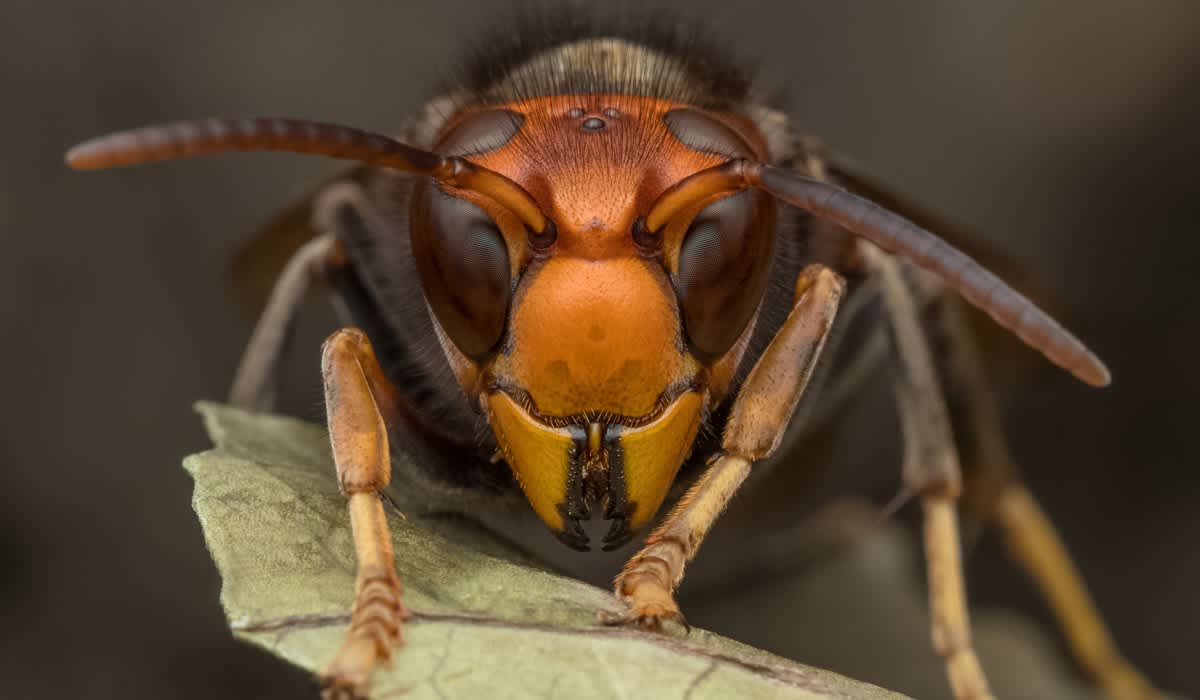Murder Hornets Enter U.S. for the First Time – and Could Pose Huge Threat to Honeybees
OutdoorHub Editor: Keenan Crow 05.04.20

The threat of a giant invasive hornet species that slaughters honeybees and can also be deadly to humans is beginning to spread across the United States, after researchers say the hornets made their way to the U.S. for the first time ever.
So far, the only confirmed cases of the giant hornet being spotted have been in the Pacific Northwest, when the Washington State Department of Agriculture verified four sighting reports back in December.
The Asian giant hornet – Vespa mandarinia – has been known to kill up to 50 people a year in Japan, according to The New York Times, but experts are also highly concerned what this murderous hornet could do to the U.S. bee populations, which have already been in turmoil.
Susan Cobey, a bee breeder working with Washington State University’s Department of Entomology, reportedly told WSU Insider that the Asian giant hornets are “like something out of a monster cartoon with this huge yellow-orange face.”
The insect typically measures around 2 inches long, has large yellow-orange heads with hugely prominent eyes, and a black and yellow striped abdomen.
According to experts working for WSU, the Asian giant hornet’s life cycle begins in April once the queen awakens from hibernation and scouts potential spots to build underground nests and grow new colonies.
Todd Murray, WSU Extension entomologist and invasive species specialist, said the disturbingly large hornet is “a health hazard, and more importantly, a significant predator of honey bees.”
Murder hornets are the most dangerous during late summer and early fall months, when WSU researchers say they raid bee hives and decapitate the adults while eating the larvae and pupae.
And it only takes a few hornets to totally decimate a bee hive in a matter of hours.
Wondering what it must feel like to be stung by one of these giant hornets?
WSDA says on their website that the hornets aren’t known for attacking people, but if they did, it would take more than a beekeeping suit to protect you from the hornets’ stinger, which is longer and more dangerous than a bee’s.
For those of you who are more visual learners, here’s a video of YouTube personality Coyote Peterson taking a sting from a murder hornet. The video shows the incredible amount of swelling that takes place on his arm just seconds after the hornet stings him.
Researchers say the sting of a murder hornet is painful and packed with neurotoxins. Even if someone is not allergic to the hornet, multiple stings have the potential to kill.
Washington State officials are keeping tabs on the hornets across the country and setting up traps to hopefully ease any potential spread.

